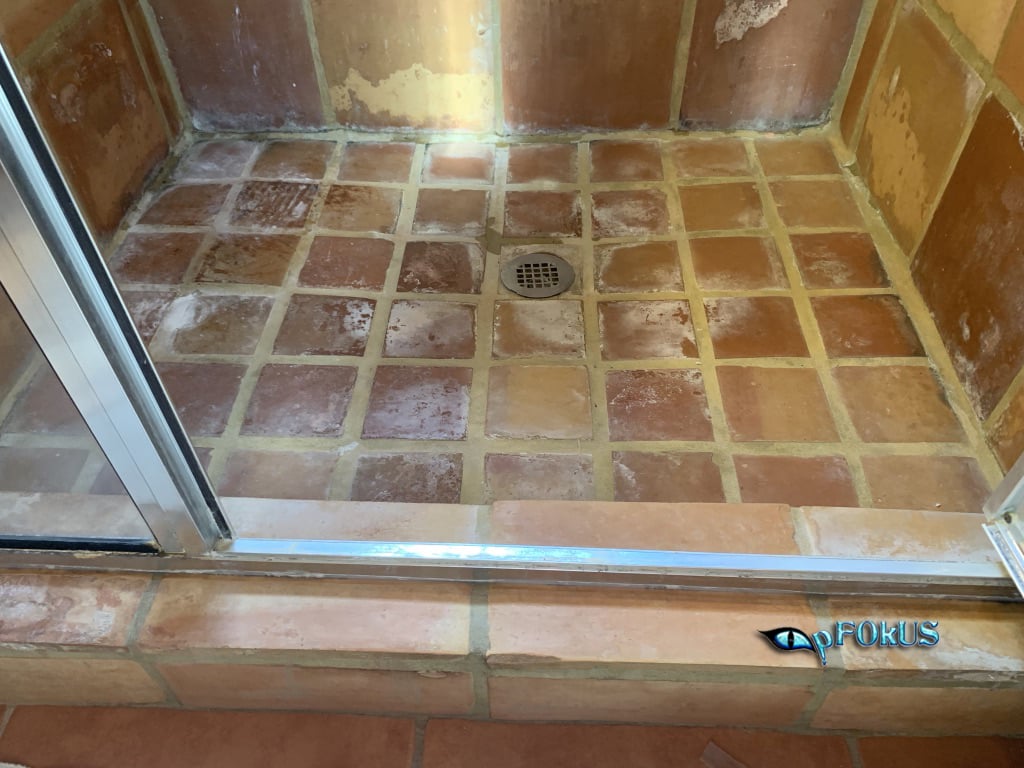This great article following next relating to Preventing Water Damage in the Bathroom is quite engaging. Don't miss it.

The bathroom is incredibly vulnerable for moist accumulation and prospective water damage because of the regular use water in it. This post supplies straightforward examination strategies to help identifying water damages dangers.
The regular use of water in the restroom makes it incredibly vulnerable for moist buildup and also prospective water damage. By examining it regularly, you can minimize water associated damages.
The adhering to collection of assessments is simple to carry out as well as ought to be done once in every three months in order to maintain your washroom healthy as well as to avoid potential water damages caused by the bath tub, the shower, pipeline joints as well as plumbing, sinks, cupboards, and the toilet
Do not forget executing these assessments as well as be extensive while performing them. Keep in mind that these straightforward assessments can save you a lot of cash by giving very early indications for water damage
Sinks and also Cabinets
Sinks as well as cabinets are exposed to dampness as well as humidity day-to-day as well as are frequently forgotten. Examine regularly under the sink as well as on the countertop over it. Repair any kind of drip in the trap as it might suggest drainpipe problems. Browse the sink, slow draining pipelines might indicate an obstructed drain. Change sink seals if they are split or loose.
Bath tub as well as Shower
The shower and tub require unique interest and also upkeep. Check the floor tiles and change if fractured. Ensure that there is no missing grout in between the tiles. Evaluate and change broken caulking at joints where the wall surfaces satisfy the flooring or the tub. Obstructed drains and also pipes troubles will protect against the tub from drying out and might show major issues beneath the tub. Seek advice from a professional instantly to stop architectural damage. Focus on stainings or soft locations around the bathtub wall surfaces as they might suggest an inner leak.
Plumbing
Signs for water damages are tough to spot given that most pipelines are mounted inside the walls.
Pay unique focus to flooring as well as wall surfaces moisture as well as discolorations as they may suggest an unseen plumbing problem. Inspect dampness degrees in adjoining spaces too.
The Toilet
The toilet is a prone water joint. Examine the water lines and search for leakages around the commode seat, in the hose, as well as under the water storage tank. If you identify any indications of wetness on the flooring around the toilet, check for leaks in the toilet rim and tank seals.
Understand that hanging bathroom bowl antiperspirants boosts the opportunities for obstructions.
Water Damage Signs In The Bathroom To Avoid Cleanup
Musty smell
This is one of the easiest signs to catch because musty smells are so odorous. The damp, earthy, moldy smell should be a big red flag. The smell will develop when moisture gets trapped in surfaces, and begins to facilitate mold growth. Leaking pipes under cabinets, inside walls, and behind shower fixtures will cause moisture to stay trapped and not dry, which will lead to mold growth and spread. As soon as you notice any musty smells in your bathroom, have it checked for hidden water damage and cleanup signs.
Visible mold
If the smell isn’t there to give it away, sometimes you will actually see mold growth. Finding mold in your bathroom is a serious problem, because mold is very harmful to your health. By the time mold growth is visible, it also means that water damage has already occurred and been present for some time. The only way the mold problem can be resolved is to find the source of the moisture and get it stopped. To safely and adequately remove mold, you need to have professionals handle the remediation. Do not waste any time in getting mold problems addressed, fixed, and sanitized so that you can protect you and your family from the many respiratory symptoms caused by mold exposure.
Damaged floors
Bathroom floors should be able to withstand some exposure to water while still remaining in good condition. However, when excess exposure or water leaks occur, they will begin to damage even the most water-resistant flooring. If you notice any cracking, bubbling, staining, or warping on your bathroom floors, there is probably a water leak somewhere causing the distortion. If you notice areas of the floor have become softer, or even have a spongy feeling, there is probably damage to the subfloor. Subflooring is typically made up of plywood. When plywood is exposed to water or moisture, it will absorb it. Once it has become saturated, the weight of the excess water will cause the wood to swell and soften. Check the floors in your bathroom frequently to catch any of these sings before they lead to damaged subflooring.
Changes on walls
When water leaks behind walls, it will cause changes in the drywall. Peeling plaster, blistering paint, and soggy wallpaper are all good indicators that excess water is building up behind the wall. Water leaking behind drywall will cause it to swell and be soft to the tough. If you start to notice gaps along the trim of your walls, or where tile meets the wall, it could also be a strong indicator that there is a leak behind the wall. Any changes, distortion, or damage on the walls should be evaluated as soon as you notice it to prevent further water damage and cleanup.

I came across that piece of writing on How to Fix a Water Damage Bathroom when browsing the search engines. Kindly take the opportunity to share this blog posting if you enjoyed it. Thank-you for going through it.
Book Services